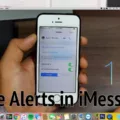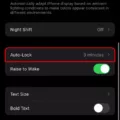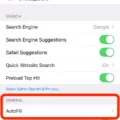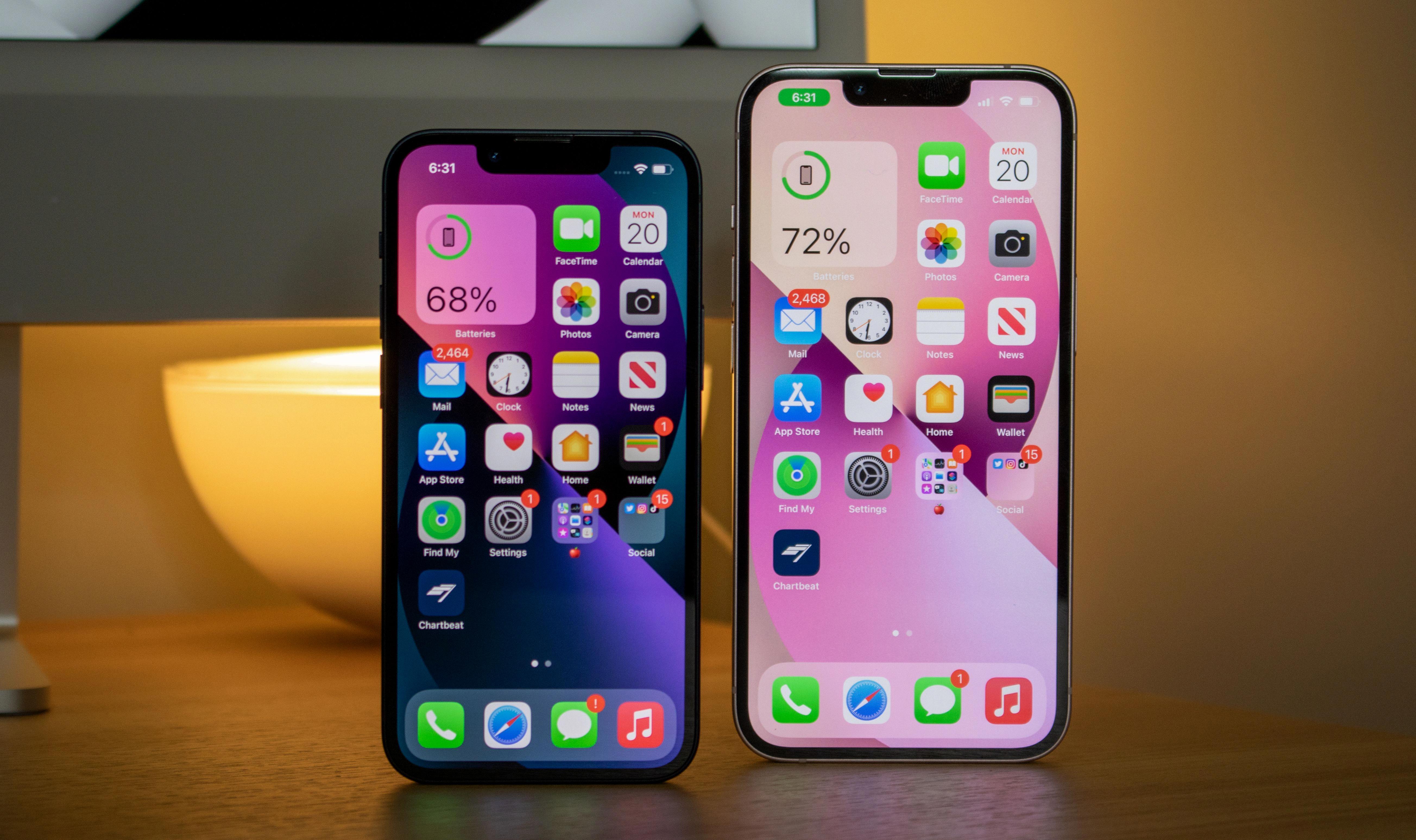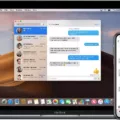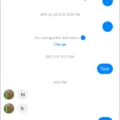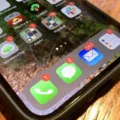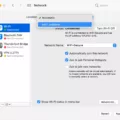Have you ever received a call from an unknown number on your iPhone? No Caller ID is a common problem for iPhone users and it can be frustrating trying to figure out who is calling. Thankfully, there are some simple steps you can take to identify the mystery caller.
The first step you should take is to activate ‘Show My Caller ID’ on your iPhone. This will allow the caller’s number to be displayed on your phone when they call, even if their number is blocked or hidden. To do this, simply navigate to Settings > Phone > Show My Caller ID and toggle the switch to ‘On’.
If the caller has already called and you don’t know their number, you can use the *69 feature to trace the call. This will show you the last incoming call made to your phone, along with the caller’s name and address if they are listed in a public database. To access this feature, simply dial *69 after missing a call from an unknown caller.
You can also use apps like Truecaller or Hiya to identify unknown numbers. These free apps allow you to search for numbers that have called you in their database of over two billion records so that you can find out who called you and why.
Finally, if all else fails, try asking around! If someone in your contacts list has received a similar call from an unknown number recently then it’s possible that it was them calling you too!
No Caller ID can be an annoying problem but luckily there are ways that you can track down mystery calls without too much hassle. Whether it’s using built-in features like *69 or third-party apps like Truecaller or Hiya, tracking down unknown numbers on your iPhone should now be easy!
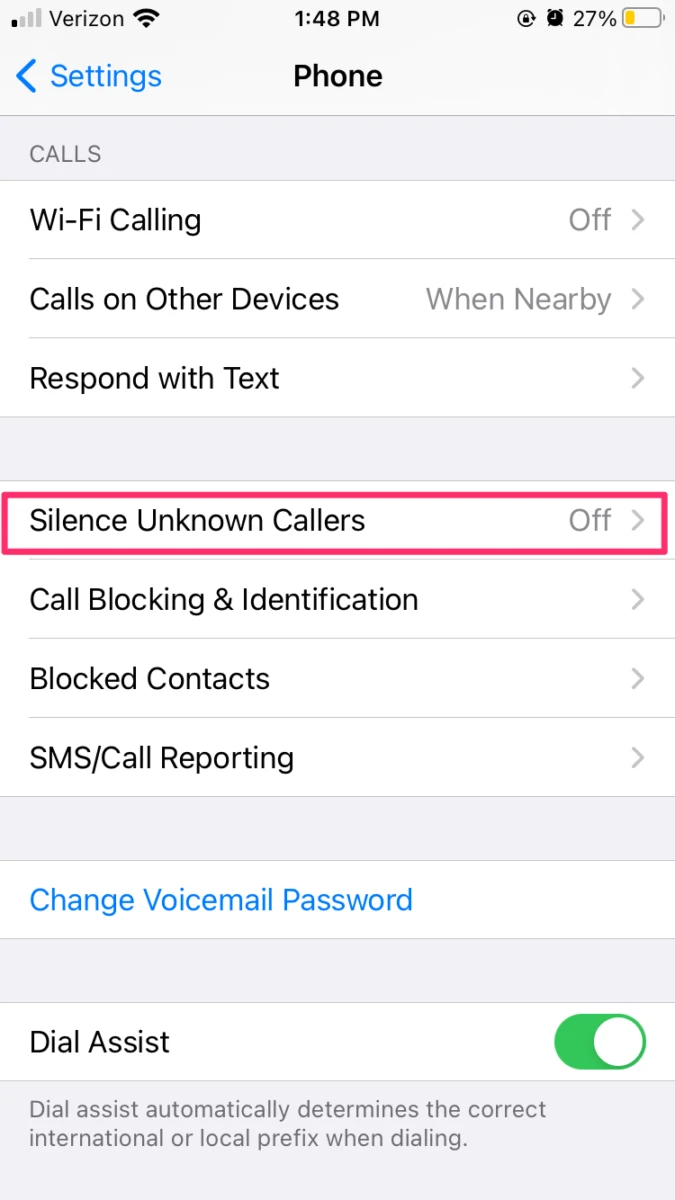
Tracing a No Caller ID Call
Yes, you can trace a no-caller ID. By dialing *69 immediately after a missed call from an unknown caller, the service will reveal a hidden phone number, and the exact time they called you. In some cases, it may even provide their name and address if they are listed in a public database.
Exposing No Caller ID on an iPhone
To expose a no-caller ID on an iPhone, you will need to go to the Settings app. From there, scroll down to the Phone option and tap on it. In the Phone settings page, navigate to Show My Caller ID and then tap on the switch to turn it on. This will allow your phone number to be shown when you make calls, allowing people who receive your calls to see your caller ID.
Tracing a 67-caller
Yes, you can trace a *67 caller, though it may require extra steps. When a caller uses *67 to block their number from showing up on the recipient’s caller ID, the phone company is still able to identify the originating number. This is because the phone company still has access to billing information, which can be used to identify the source of a call. However, in order for law enforcement to access that information, they will likely need a court order or warrant.
Finding Out Who Called Privately
The best way to find out who called you with a private number is to use TrapCall. TrapCall is a mobile app that can unmask the phone number behind any private caller. It works by routing the call through their servers and then revealing the true caller ID. This makes it easy and efficient to find out who has been calling you without having to ask your phone provider for assistance.
Conclusion
No Caller ID is a feature on iPhones that allows you to make and receive calls without revealing your phone number. This can be useful if you want to protect your privacy or if you want to stay anonymous while making business calls. You can easily turn on No Caller ID by going into the Settings app and navigating to the Phone section, then selecting Show My Caller ID and turning the switch off. It’s important to remember that this feature does not work for everyone, as some carriers may not support this feature or may charge for it.

